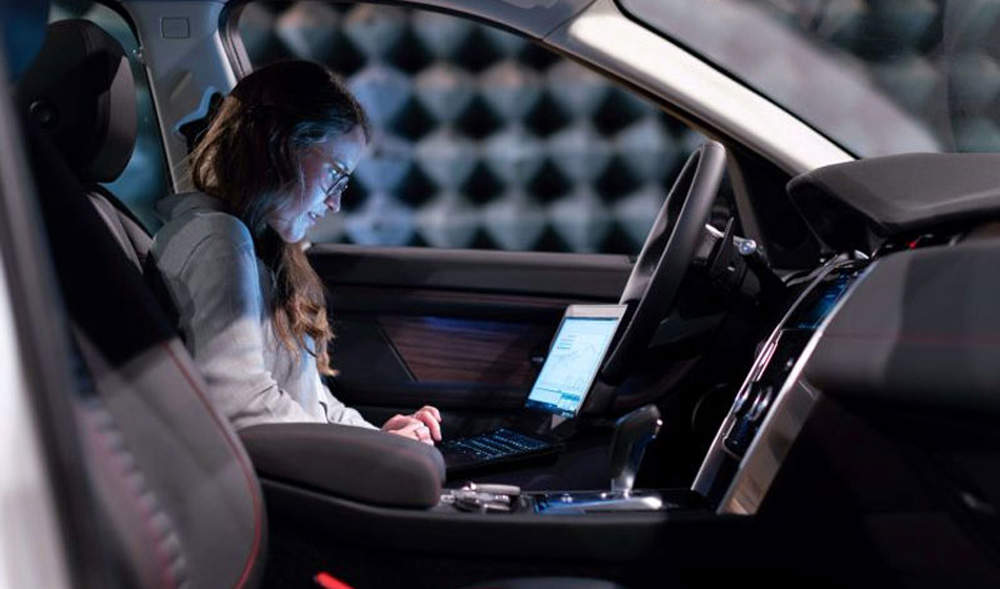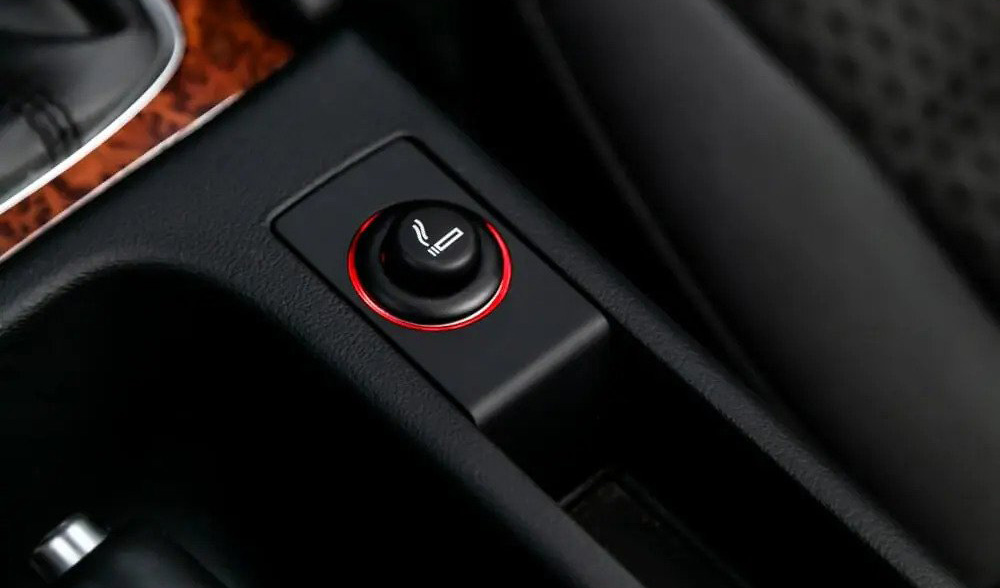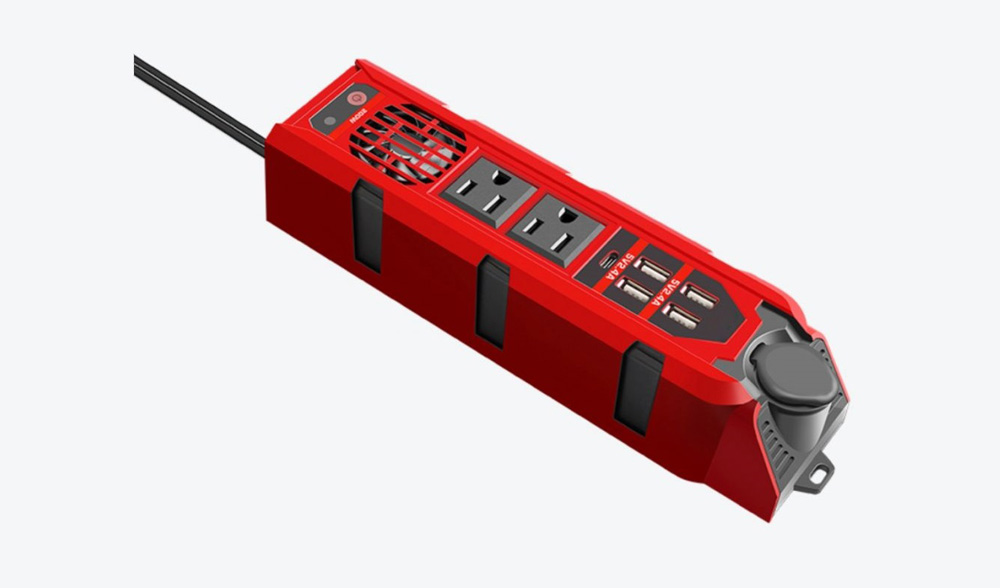Car batteries are essential components, providing the necessary power to start the engine, operate air conditioners, illuminate lights, and energize the electronics in our vehicles. However, their importance goes beyond mere vehicle functionality. Car batteries also serve as a source of power for other devices. For instance, when you plug your mobile phone into the car’s cigarette lighter, you harness the car’s power to charge your device.
If you have ever contemplated the logistics of connecting a laptop computer, video game console, or even a small refrigerator to your vehicle’s power source, you are not alone. Surprisingly, it is entirely feasible to power these devices using your vehicle’s battery.
While it may seem as simple as plugging an item into the vehicle’s lighter socket and expecting it to function, the process is more complex. Due to discrepancies between the electrical current supplied by the battery and the requirements of these devices, a specific tool is necessary to facilitate the conversion. This tool, known as a DC-AC power inverter, plays a crucial role in enabling this compatibility.
Now, let’s delve into the functioning of DC-AC power inverters, their significance, and the safe methods of connecting them to ensure a continuous power supply for your electronics or tools, keeping them operational and functional.

A Brief Overview of a DC-AC Power Inverter
A DC-AC power inverter is a device that converts DC from your car’s battery into AC, enabling you to operate household electronics or appliances that require AC power. DC-AC Power inverters are not only used in vehicles but also in off-grid living scenarios where they are connected to battery banks and solar grids to power basic appliances.
Why You Need a DC-AC Power Inverter
While your car’s battery supplies DC power, many electronic devices such as DVD players, video game consoles, laptops, and tools require AC power. To use these devices in your car, truck, or RV, a DC-AC power inverter is essential for converting the battery’s DC power into AC power.
What Type of DC-AC Power Inverter to Choose
DC-AC power inverters are available in various sizes, typically ranging from 1,000 to 5,000 watts. A common choice is the 3000-watt option, providing flexibility to power standard small appliances. Larger wattage inverters may be necessary for more substantial power needs. DC-AC power inverters come in different forms, from small ones that plug into the cigarette lighter to larger units requiring dedicated space in your trunk until needed.
It’s important to note that DC-AC power inverters also come in pure sine wave and modified sine wave options. Pure sine wave inverters provide better current fidelity but are generally more expensive. Modified sine wave inverters are more affordable but may have reduced efficiency and may not be suitable for powering certain devices like TVs.

How to Use a DC-AC Power Inverter
The usage of your DC-AC power inverter will vary depending on the specific model and the devices you intend to operate with it. For electrical loads up to 200 watts, it is usually possible to plug the DC-AC power inverter into the car’s cigarette lighter. This method is commonly used to power the following devices:
- Laptops
- Small power tools
- Most small appliances
- Small TVs
For higher energy requirements or when powering multiple devices simultaneously, it may be necessary to directly connect the DC-AC power inverter to your vehicle’s battery. If you intend to power a load greater than 200 watts, wiring the inverter directly to the battery is crucial to ensure safe and efficient operation.
Will a DC-AC Power Inverters Dain a Car Battery
Yes, DC-AC power inverters do drain car batteries. The extent of battery drainage depends on various factors such as the inverter’s wattage and the condition of the battery. For example, a 400W DC-AC power inverter can be used without starting the car for approximately an hour before fully discharging the battery, assuming it is fully charged and in good condition.
To determine the duration a battery can last with a specific DC-AC power inverter, a simple calculation can be done. Divide the wattage being used by the voltage of your battery to find the amps drawn by the inverter. Considering that inverters have about 90% efficiency, the actual amperage drawn is slightly higher. Monitoring the battery’s reserve capacity is crucial, and turning the car’s engine on every 30 minutes can help maintain the battery’s charge.

Features to Consider when Choosing a DC-AC Power Inverter
The features you need in a DC-AC power inverter depend on your intended use. Look for DC-AC power inverters with multiple 120V AC household outlets if you plan on powering multiple devices simultaneously. Additionally, having a USB port can be convenient for charging mobile phones and other devices.
For heavy-duty applications like powering heavy power tools or multiple pieces of equipment, choose a power converter that allows easy connection or clamping to your car’s battery. When selecting a DC-AC power inverter, consider safety features such as high-speed fans for cooling, thermal protection, surge protection, and quality-of-life upgrades like low battery alarms or LED indicators.
Where to Find a DC-AC Power Inverter
If you have made the decision to utilize your vehicle’s battery to power electronic devices, tools, and other appliances during your upcoming camping trip or adventure, the next step is to find a suitable DC-AC power inverter.
Fortunately, Power1986 provides a diverse range of DC-AC Power Inverters that cater to various requirements. Whether you are a contractor seeking a DC-AC power inverter to energize your tools on an off-grid job site or a video game enthusiast looking to enjoy gaming from the comfort of the passenger seat, we have the solutions you need. Discover the perfect power converter product for your budget today.
